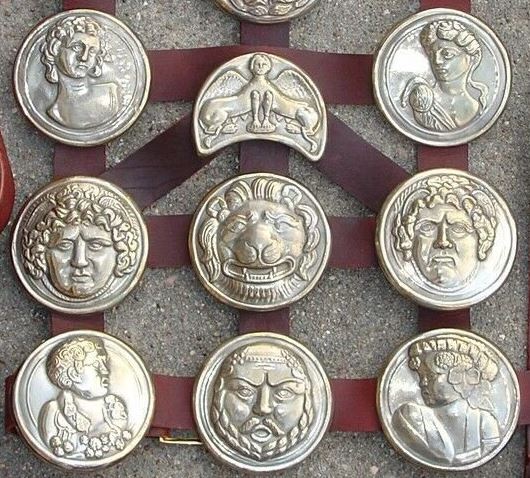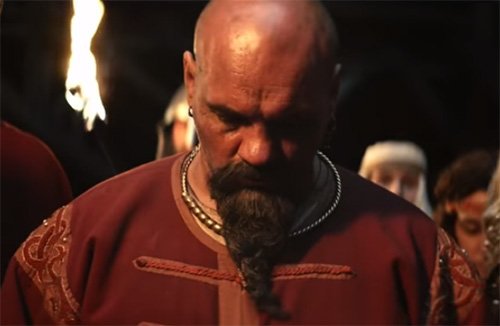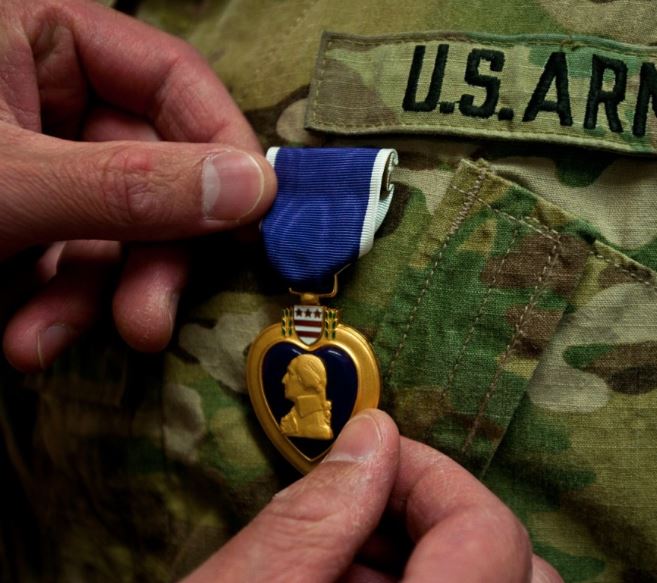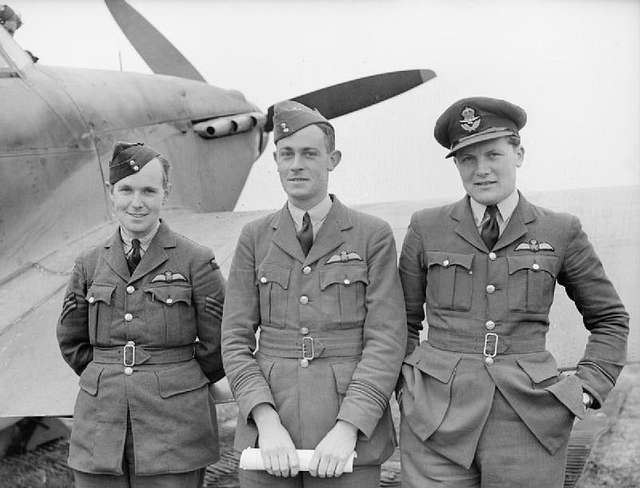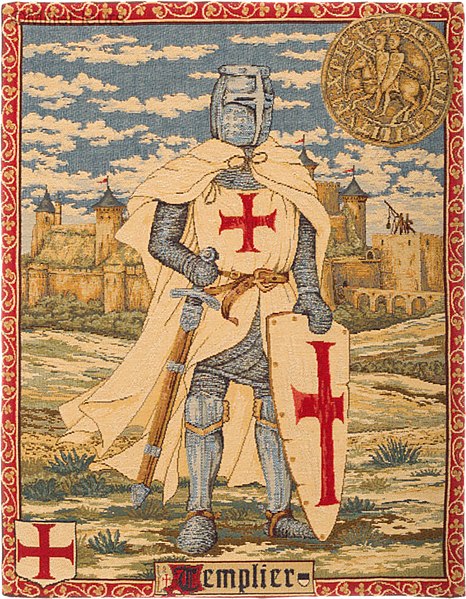The Roman Empire regularly handed out medals of honor (also known as phalera) to centurions, who sometimes wore mounted them on their armor. But Romans also had other military decorations, including crowns and imperial titles.
In this article, we will go through all the decorations, awards, and victory/imperial titles given by the Roman emperor to his forces. We will also explore necklets, armbands, disks, and even various financial awards.
Why Were There Decorations,
Awards, and Titles in Rome?
Roman soldiers were awarded medals, crowns, and titles for several reasons. In many cases, theses served as a formal recognition of bravery and outstanding performance in battle. Additionally, the decorations acted as a powerful motivational tool. Knowing that acts of bravery could lead to recognition and rewards, soldiers were more likely to perform heroically and take calculated risks in combat.
By rewarding soldiers with honors and titles, the Roman military ensured loyalty and prolonged service. Soldiers who felt appreciated and recognized were more likely to remain committed to their duties and continue serving the empire. Many awards also came with increased social status, privileges, and even financial benefits. This provided an opportunity for soldiers, especially those from lower social classes, to rise in social standing and improve their economic conditions through military service.
The Roman Crowns
Grass Crown – (Latin: corona obsidionalis or corona graminea), was the highest and rarest military decoration, awarded only to a general, commander, or officer who saved a legion or the entire army.
Civic Crown – (Latin: corona civica), a chaplet made of common oak leaves woven into a crown. During the Roman Republic and early Principate, it was the second highest military honor after the Grass Crown. It was awarded for saving fellow Roman citizens’ lives or standing firm in battle. Since Augustus, only the princeps was eligible for this decoration. It may be identical to the Crown of the Preserver.
Naval Crown – (Latin: corona navalis), a gold crown given to the first man who boarded an enemy ship during a naval battle, featuring ship beaks as decoration.
Gold Crown – (Latin: corona aurea), awarded to centurions and potentially some principales for killing an enemy in single combat and holding the ground to the end of the battle.
Battlement Crowns – These gold crowns were decorated with the uprights (valli) of an entrenchment or turrets of a city and awarded to the first soldier or centurion to mount the wall or palisade of an enemy town or camp.
Mural Crown – (Latin: corona muralis), also known as the “walled crown”, was a golden crown resembling a battlement, awarded to the first soldier who climbed the wall of a besieged city and successfully placed the standard of the attacking army upon it.
Camp Crown – (Latin: corona vallaris or corona castrensis), a golden crown adorned with the palisades used to form an entrenchment.
Crown of the Preserver – Awarded to those who shielded and saved any citizens or allies. According to Polybius, the crown is presented by the civilians the soldier saved, who then honor the soldier as a father figure throughout their life.
The Roman Decorations or Medals
Polybius writes that “After a battle where some have shown exceptional bravery, the general convenes an assembly of the troops. He brings forward those he deems to have demonstrated remarkable valor and begins by praising their courageous deeds and any other commendable actions from their past conduct.” Only after this are the military decorations presented:
- Torc – a gold necklet
- Armillae – gold armbands
- Phalerae – gold, silver, or bronze sculpted disks worn on the breastplate during parades
- Hasta pura or Arrow without a Head – a ceremonial silver spear awarded to “the man who has wounded an enemy.” The specific use of this decoration is unclear.
- A small silver replica of a standard or flag (vexillum)
- A cup – given to an infantryman who “has slain and stripped an enemy,” not in the usual melee of battle, but voluntarily in single combat after putting themselves in danger
- Horse trappings – awarded to a cavalryman who “has slain and stripped an enemy,” not in the normal melee of battle, but voluntarily in single combat after putting themselves in danger
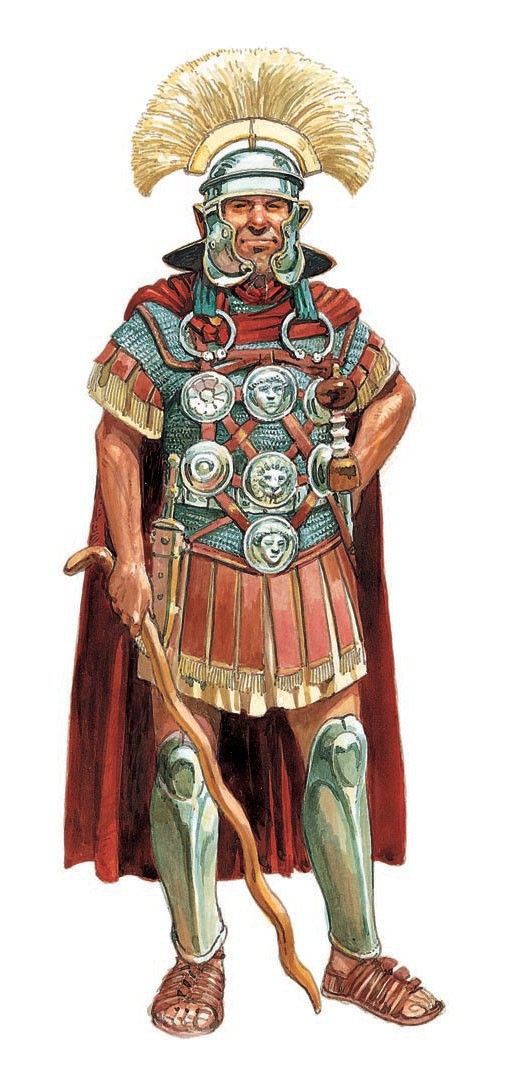
The Roman Titles
Imperial Titles
The Roman Empire used a variety of titles and honorifics for their emperors, each with distinct connotations and historical contexts:
- Augustus: Meaning “Majestic” or “Venerable”, this honorific was exclusive to the emperor.
- Αὐτοκράτωρ (Autokrator): A Greek title equivalent to “Commander-in-Chief”.
- Βασιλεύς (Basileus): Greek for “sovereign”, used in the east and formally adopted by Roman emperors starting with Heraclius.
- Caesar: Initially a family name, it became an honorific for emperors and heirs.
- Censor: A republican office with significant moral and societal oversight, held for five years.
- Consul: The highest office in the Roman Republic, with two annually elected coequal magistrates.
- Dominus: Meaning “Lord” or “Master”, a title popular in the middle period of the Empire.
- Imperator: Originally a title for victorious generals, it was adopted by emperors upon accession and after major victories.
- Imperator Destinatus: Used by Septimius Severus to designate his heir, Caracalla.
- Imperium maius: Denotes supreme power, including capital punishment authority.
- Invictus: Meaning “Unconquered”, an honorific title.
- Pater Patriae: “Father of the Fatherland”, an honorific title.
- Pius Felix: “Pious and Blessed”, an honorific title.
- Pontifex Maximus: “Supreme Pontiff”, a title of high religious authority, later reserved for the pope after Christian emperors.
- Princeps: “First Citizen”, highlighting the emperor’s status as primus inter pares (first among equals).
- Princeps Iuventatis: “First of Youth”, given to heirs apparent.
- Princeps Senatus: “First Man of the Senate”, a prestigious republican office.
- Restitor Orbis: “Restorer of the World”, awarded to Aurelian for his role in stabilizing the empire.
- Tribunicia potestas: Denotes the powers of a tribune, including sacrosanctity and veto power.
Victory Titles
Victory titles were conferred as cognomina, typically reflecting the name of the enemy defeated (e.g., Africanus, Numidicus). These titles symbolized Roman dominance over these groups. Famous examples include Publius Cornelius Scipio, known as “Scipio Africanus” for his victories in the Second Punic War. Emperors often expanded these titles with “Maximus” to emphasize their supremacy (e.g., Parthicus Maximus).
Other Roman Decorations
Financial Awards
- Monetary Bonuses: Soldiers received financial rewards.
- Loot and Spoils: Part of the conquered wealth, including slaves, was distributed.
Service Awards
- Missio Honesta: An honorable discharge from service.
Trophies - Spolia Opima: The rich spoils taken from an enemy leader defeated in single combat.
- Tropaion: A trophy set up to commemorate a victory.
Imperial Parades
- Triumph: A grand civil and religious ceremony in ancient Rome to honor a military commander (dux) for a significant victory in a foreign war, showcasing the spoils and captives.
- Ovation: A lesser form of the triumph, granted for victories over enemies considered inferior or when conflicts were resolved with minimal combat.

